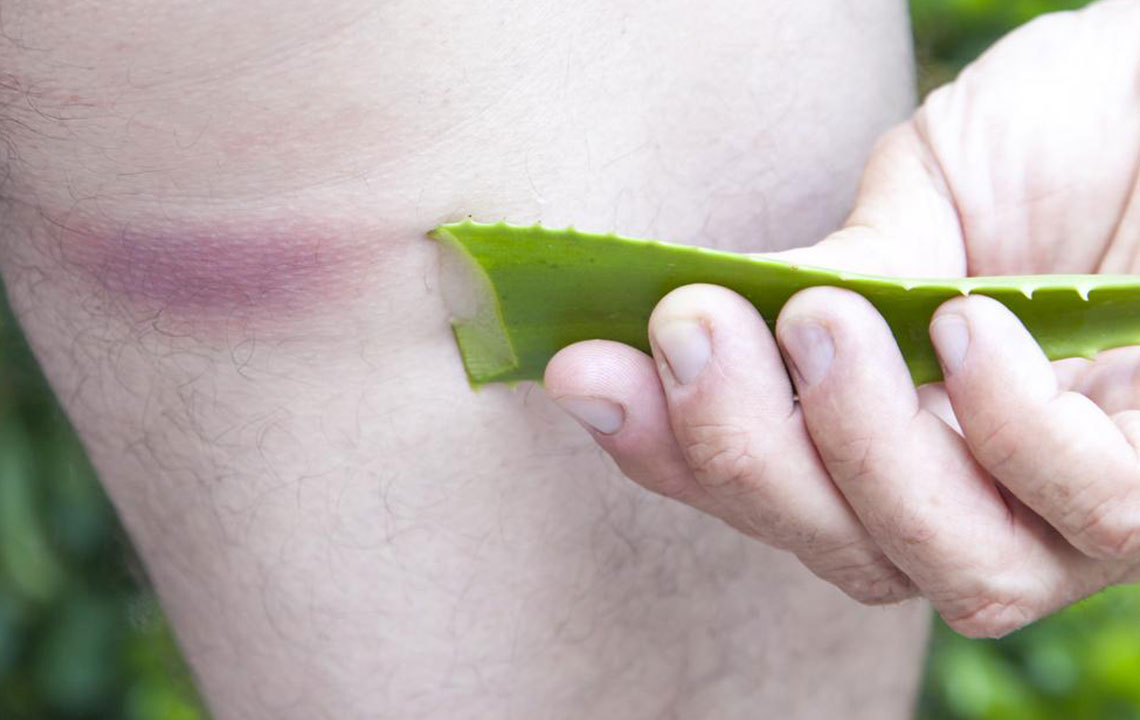Comprehensive Guide to Managing Post Nasal Discharge Effectively
Discover comprehensive strategies to effectively manage post nasal discharge. Learn about causes, symptoms, and treatment options including medications, home remedies, and when to seek medical help. This detailed guide aims to improve breathing comfort and overall health.

Comprehensive Strategies for Managing Post Nasal Discharge
Post nasal discharge, also known as chronic mucus drainage down the back of the throat, is a common respiratory concern that affects millions worldwide. It occurs when excess mucus is produced in the nasal mucosa and accumulates in the nasopharynx, leading to uncomfortable symptoms and sometimes more serious health issues. Understanding the causes, symptoms, and effective management techniques can significantly improve quality of life for those affected.
Normally, mucus plays a vital role in protecting the nasal passages and respiratory system by trapping dust, allergens, and pathogens, while keeping the tissues moist. However, when mucus production surpasses normal levels, it results in a sensation of constant dripping or postnasal drip, which can be bothersome and disruptive to daily activities. This condition often manifests through persistent coughing, bad breath, sore throat, sensation of mucus in the throat, nausea, and the urge to clear the throat frequently. Recognizing these symptoms early and understanding their causes are essential steps toward effective treatment.
Understanding the Primary Causes of Post Nasal Discharge
Several factors can lead to increased mucus production or impaired clearance, resulting in postnasal discharge. The most common causes include infections, allergies, and other health conditions affecting nasal and sinus function.
Infections: Viral infections like the common cold or influenza often induce mucus overproduction. Bacterial sinus infections can cause thick, foul-smelling mucus and persistent symptoms. These infections typically resolve with time or require medical intervention such as antibiotics.
Allergies: Allergic rhinitis, triggered by pollen, dust mites, pet dander, and mold, causes nasal inflammation, swelling, and excess mucus. Allergic responses are often seasonal but can be persistent in dusty or humid environments.
Reflux and GERD: Gastroesophageal reflux disease can contribute to postnasal discharge by irritating the throat and nasal passages with stomach acids, leading to increased mucus secretion.
Other Factors: Environmental irritants like cigarette smoke, pollution, and strong fumes can inflame nasal tissues. Structural abnormalities such as a deviated septum hinder mucus drainage, while hormonal changes during pregnancy can boost mucus production. Additionally, spicy foods and weather changes, especially cold or dry air, can exacerbate symptoms.
Effective management of postnasal discharge hinges on accurately diagnosing its root cause. For bacterial infections, healthcare providers often prescribe antibiotics to combat the infection and prevent complications. Since viral infections tend to resolve naturally within a week or two, treatment primarily focuses on alleviating symptoms. Over-the-counter medications such as nasal decongestants and antihistamines are commonly recommended to reduce mucus swelling and ease breathing. Naturally, newer antihistamines like cetirizine or loratadine are preferred due to fewer sedative side effects compared to older antihistamines.
In allergy-related cases, topical steroids in nasal spray form can significantly reduce inflammation and mucus production. Saline nasal sprays or neti pots are effective home remedies; they help rinse out nasal passages, thin mucus, and prevent blockages. Ensuring adequate hydration is crucial—drinking plenty of water keeps mucus thin and easier to clear. Using a humidifier in dry environments adds moisture to the air, promoting more effective mucus drainage. Regular cleaning of bedding and dust-proof covers can minimize exposure to dust mites and other irritants, further reducing symptoms.
For structural issues such as a deviated septum, surgical intervention like septoplasty might be necessary to restore proper airflow and mucus drainage. Lifestyle remedies, including consuming vitamin C-rich foods and warm liquids like lemon water or chicken soup, can boost immune function and soothe inflamed tissues, easing mucus flow. Warm fluids also help loosen thick mucus, making it easier to expel or swallow.
Persistent symptoms lasting more than ten days, or the appearance of alarming signs such as fever, wheezing, foul-smelling mucus, or blood in the mucus, warrant prompt medical assessment. Healthcare professionals may utilize imaging techniques or nasal endoscopy to identify underlying issues like sinus infections, polyps, or structural abnormalities, ensuring targeted treatment.
In conclusion, managing postnasal discharge effectively involves understanding its causes, utilizing appropriate medications, and adopting lifestyle modifications. While minor cases can often be handled at home, persistent or severe symptoms require professional medical guidance. An accurate diagnosis and tailored treatment plan can significantly improve comfort and prevent complications, leading to healthier respiratory function and overall well-being.





